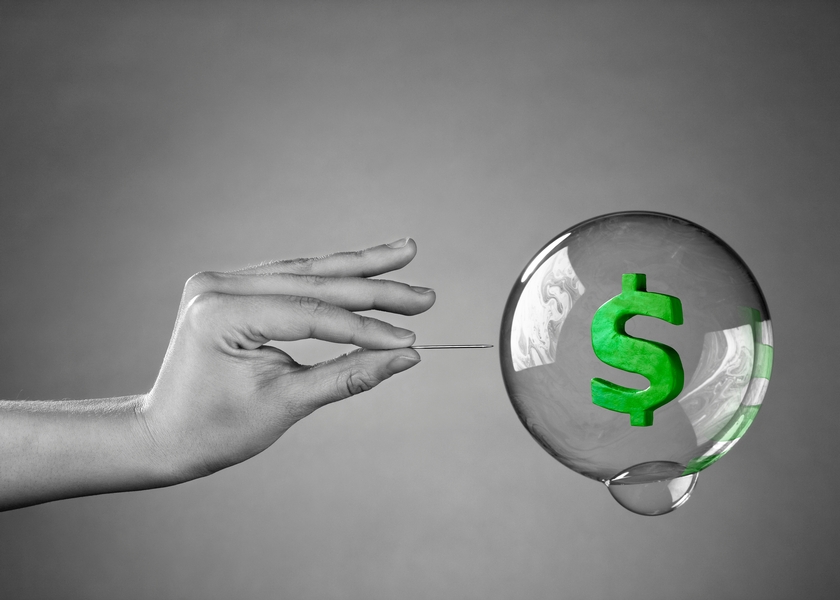Bursting the Bubble on Home Energy Conservation Myths

There are many homeowners in the Upper Valley who remember the first energy crisis in the mid-1970s when oil prices skyrocketed 350%, causing the price of gas to exceed $1 per gallon for the first time ever. During the 1980s, lighting accounted for up to 10% of a household’s electricity bill, causing many a parent to scold their children for failing to turn off lights after they left a room.
Fast forward to today, thanks to LED lights that are the primary lighting source for a majority of the homes where we have designed new kitchens and baths. LEDs use about 10% of the energy required to power an incandescent light bulb. By the end of 2023 however, homeowners in the Upper Valley won’t be able to buy an incandescent light bulb, because federal law will ban their sale forever.
Even though lighting represents a small percentage of home energy use, most Americans when asked how to save energy at home, reply, “turn off the lights,” reports The Washington Post. And that misconception brings to light opportunities to set the record straight for the most effective ways to save on energy bills in the kitchen and other rooms.
Stop washing dishes before you place them in a dishwasher. Today’s dishwashers are not only energy- and water-efficient, using as little as less than 3.5 gallons per cycle, but they also can thoroughly clean unrinsed plates. Scraping leftover foodstuffs into the sink or trash bin is all you need to do. Another myth is that if you only have a few dishes to clean it is more energy- and water-efficient to wash them by hand. According to a study at the University of Michigan’s Center for Sustainable Systems, it takes 3 gallons of water to handwash one plate, one bowl, a cup, utensils, and a few serving dishes. The study also found that hand-washing dishes use more than 50% of the greenhouse gas emissions than running the dishwasher. That means for homeowners in the Upper Valley it is more energy efficient to run a half full dishwasher than it is to wash dishes in the sink. Using the dishwasher also saves time. The Environmental Protection Agency estimates it would take the equivalent of 10 days to hand-wash dishes for a year.
Refrigerators too have been transformed from one of the most energy inefficient appliances in the home to one of the most energy efficient thanks to technological advances in insulation, seals, and airflow. Common energy consuming mistakes most homeowners in the Upper Valley make with their refrigerators are not using the manufacturer’s recommended temperature settings and keeping refrigerators past their expiration dates. It’s a misnomer to believe that a colder refrigerator preserves food more effectively or for longer time periods.
More than 25% of Americans have a second refrigerator which may be unnecessarily increasing household energy costs. Most likely replacing that old refrigerator with a newer more efficient model will pay for itself in a couple of years.
Moving from the kitchen to the laundry room, today’s front-loading washers and dryers use a fraction of the water and energy of older models. It’s a myth that using hot water cleans better. Not true. Most washing machines have built-in sensors that can tell if clothes are clean eliminating the need for extra water or heat. Another key to saving energy when washing clothes is to use quick cycles that clean clothes equally as well as longer cycles.
How can you become more energy and environmentally efficient in your kitchen and home? Give us a call at 603-448-9700 or make an appointment to visit our showroom at 105 Hanover Street, Lebanon, NH, and let us show you how to save money and precious resources.


